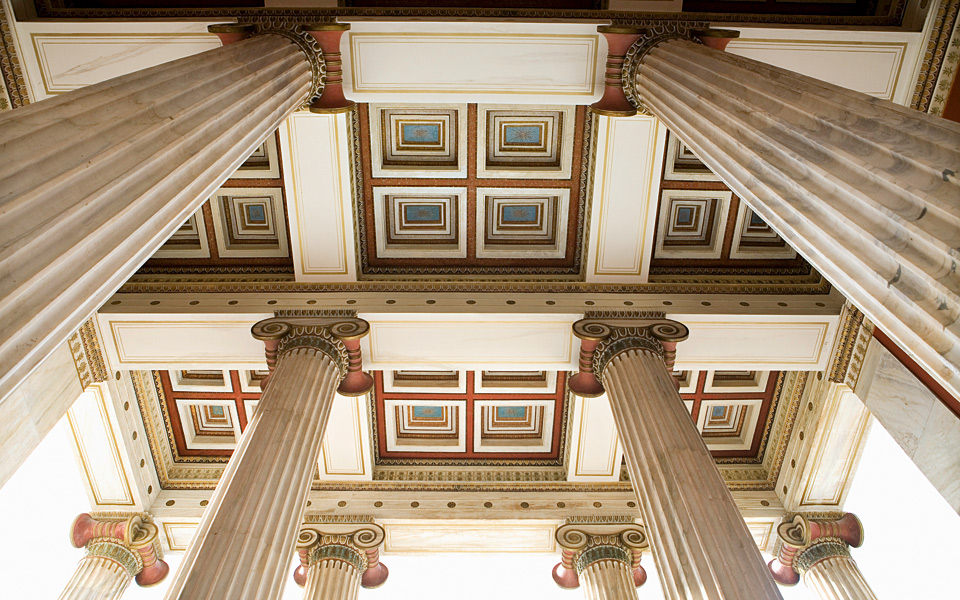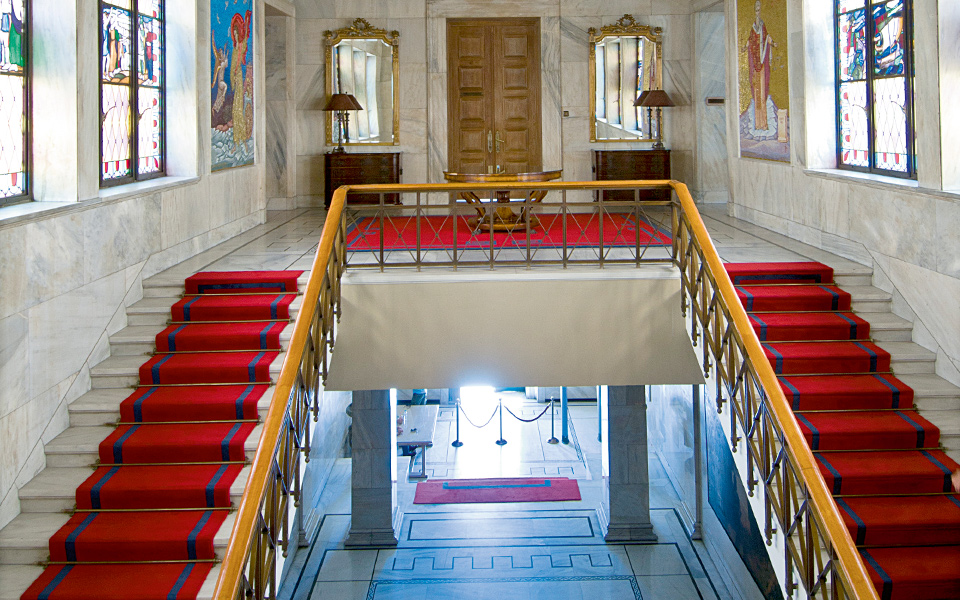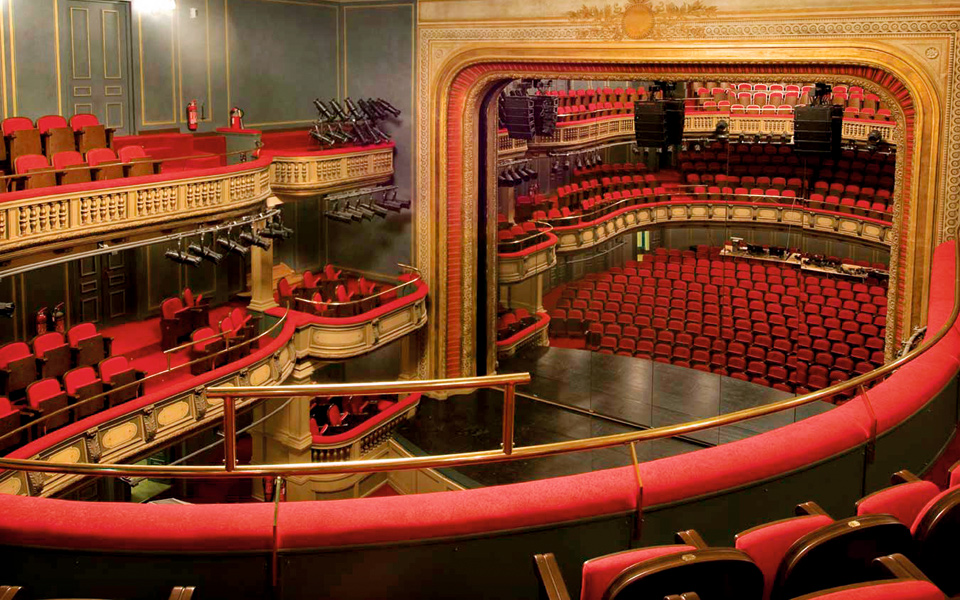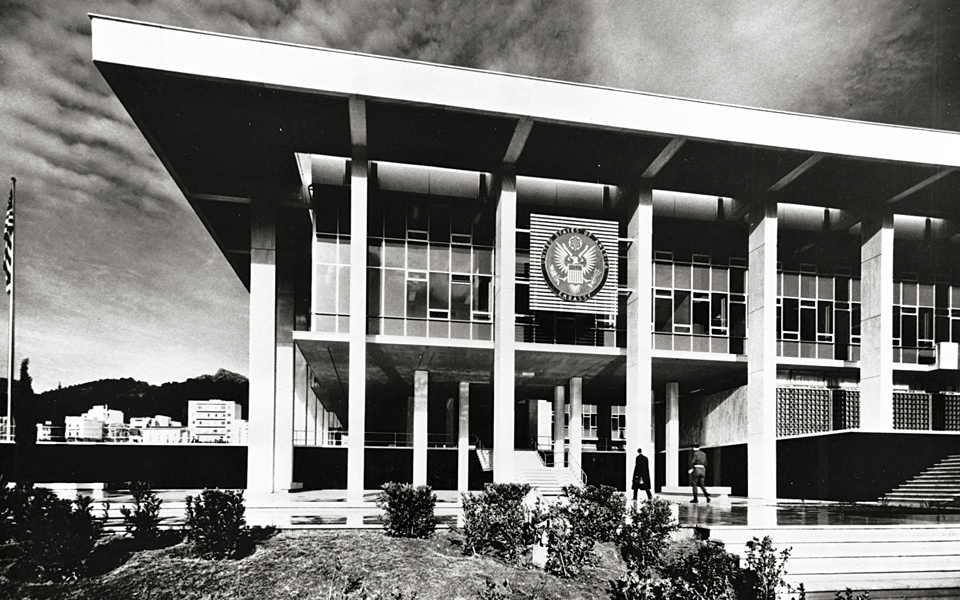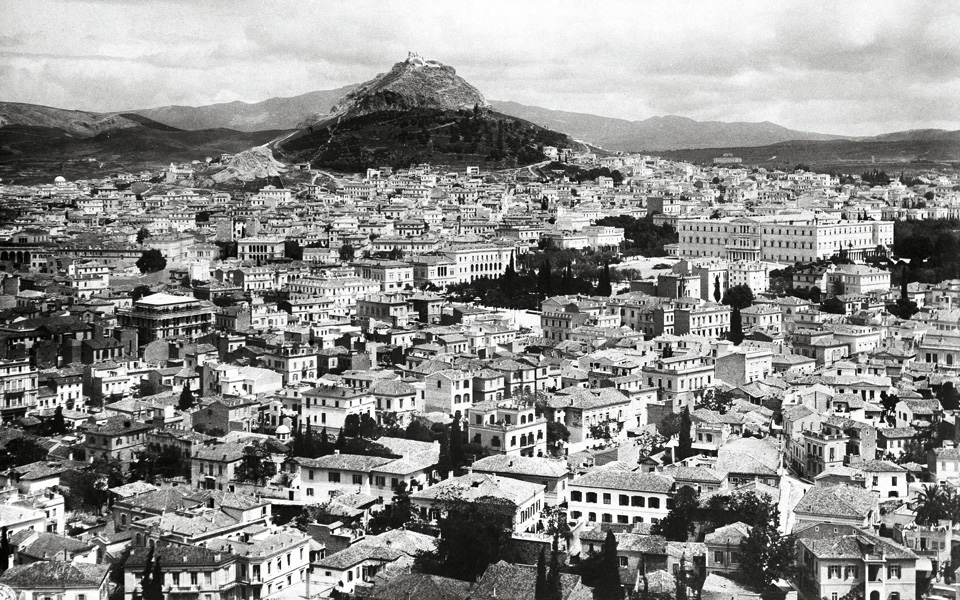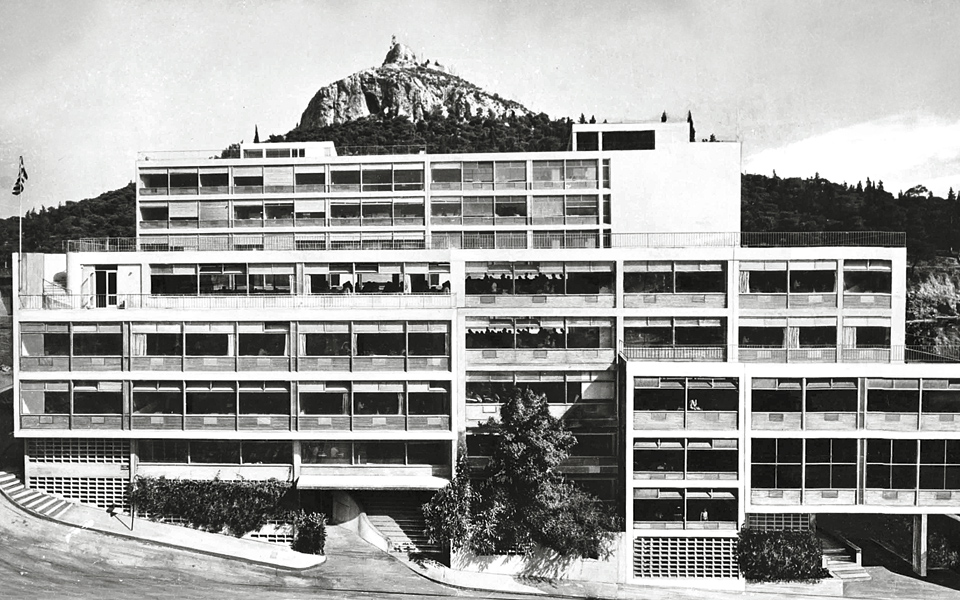As envisioned by its first architects and city planners, Stamatis Kleanthis and Eduard Schaubert, Athens was to be a city with grand boulevards befitting its new independent status. Their plan set aside a large area around the Acropolis for archaeological excavations and respectfully took into consideration all of the surviving ancient and Byzantine monuments. It also anticipated the construction or restoration of churches, public buildings and shops. The Royal Palace was sited in the area of Omonia Square and was to be surrounded by a large green expanse, referred to by the architects as the “Garden of the People.”
The entire concept for Athens was based on the principle of large city blocks with wide streets, squares and green areas, along with public buildings surrounded by free space. The plan was approved, but King Otto’s father, Ludwig I of Bavaria, had the extremely unfortunate idea of bringing in his court architect, Leo von Klenze, who, instead of envisaging a European capital of the future, believed he should create a medieval city of the past. Even worse was the disdain he showed for the city’s Byzantine monuments, many of which he planned to destroy. Thankfully, the entirety of his vision never came to fruition. However, neither did that of Kleanthis and Schaubert – an unfortunate development, as the absence of an ambitious plan capable of setting the foundations of the city and determining how it would evolve into the future is something that Athens is still suffering from today. Nevertheless, a number of great architects have been able to leave their mark.


